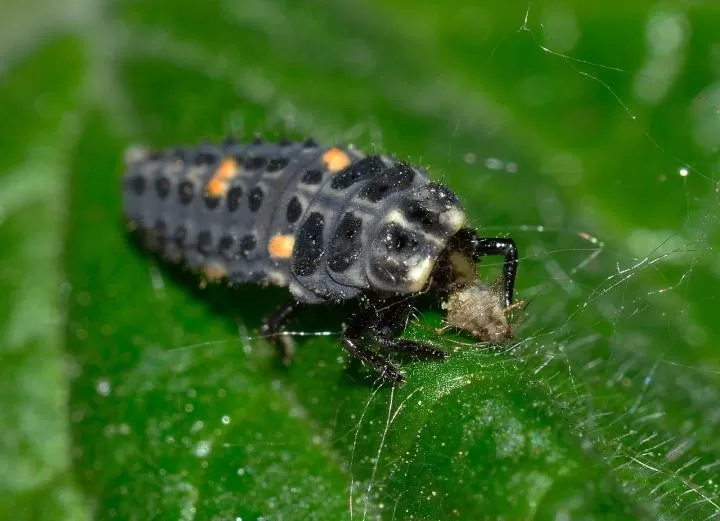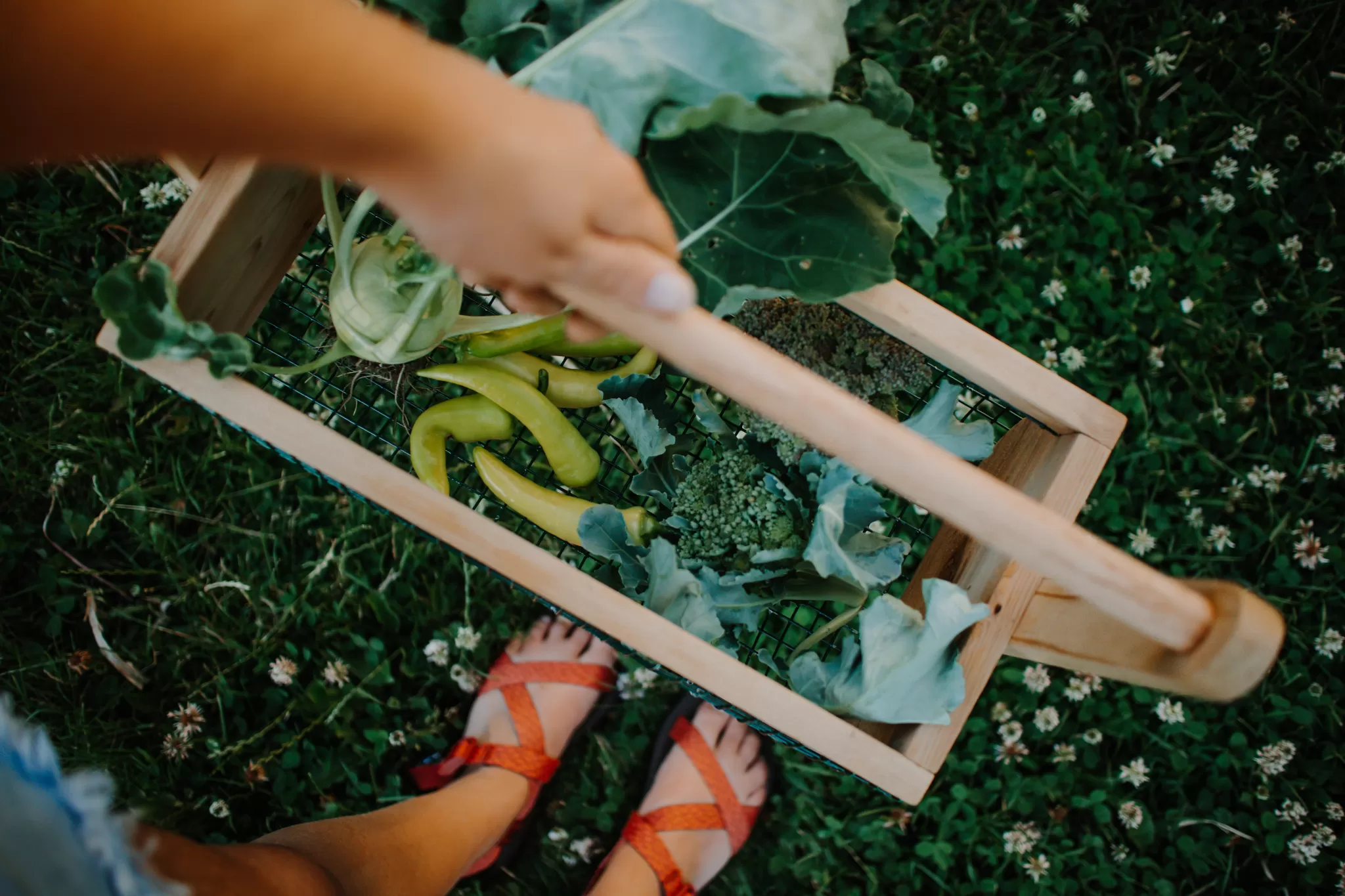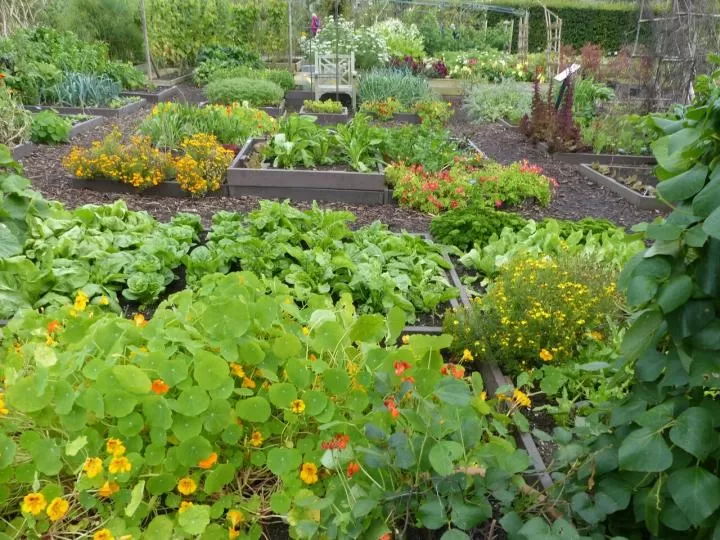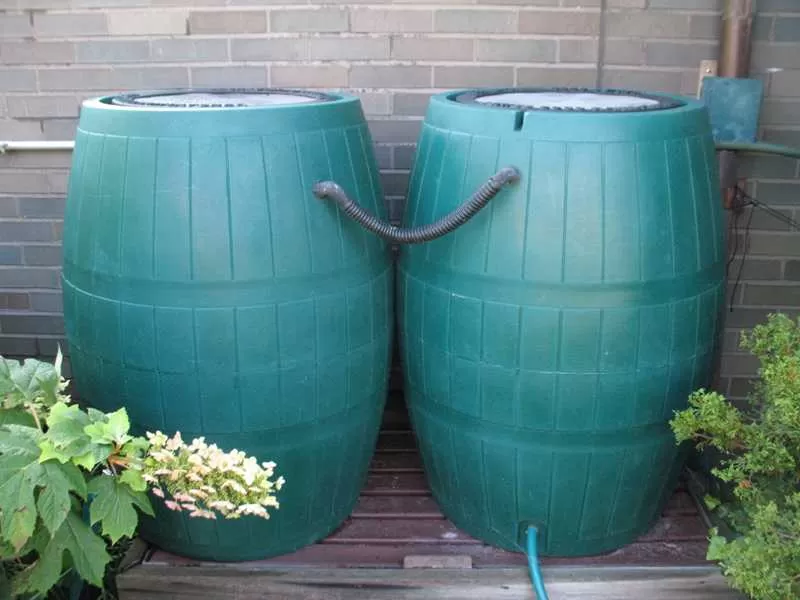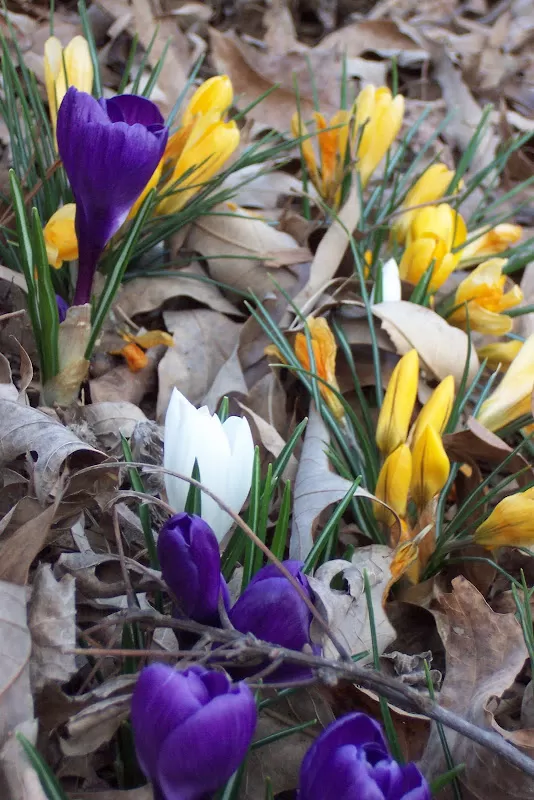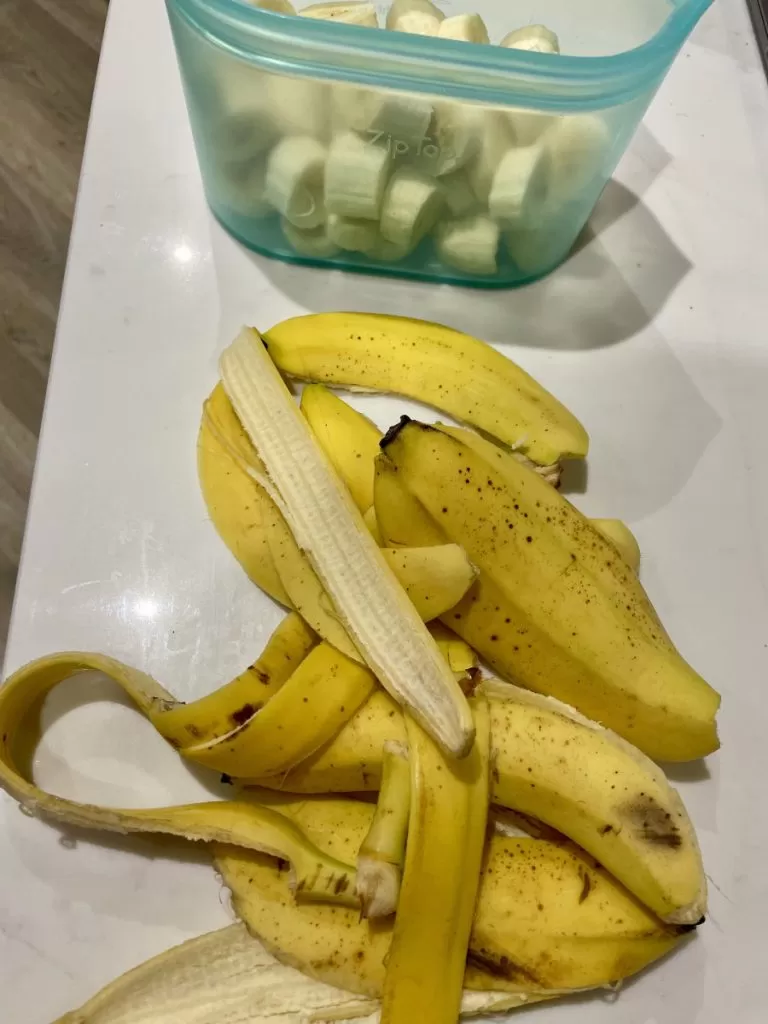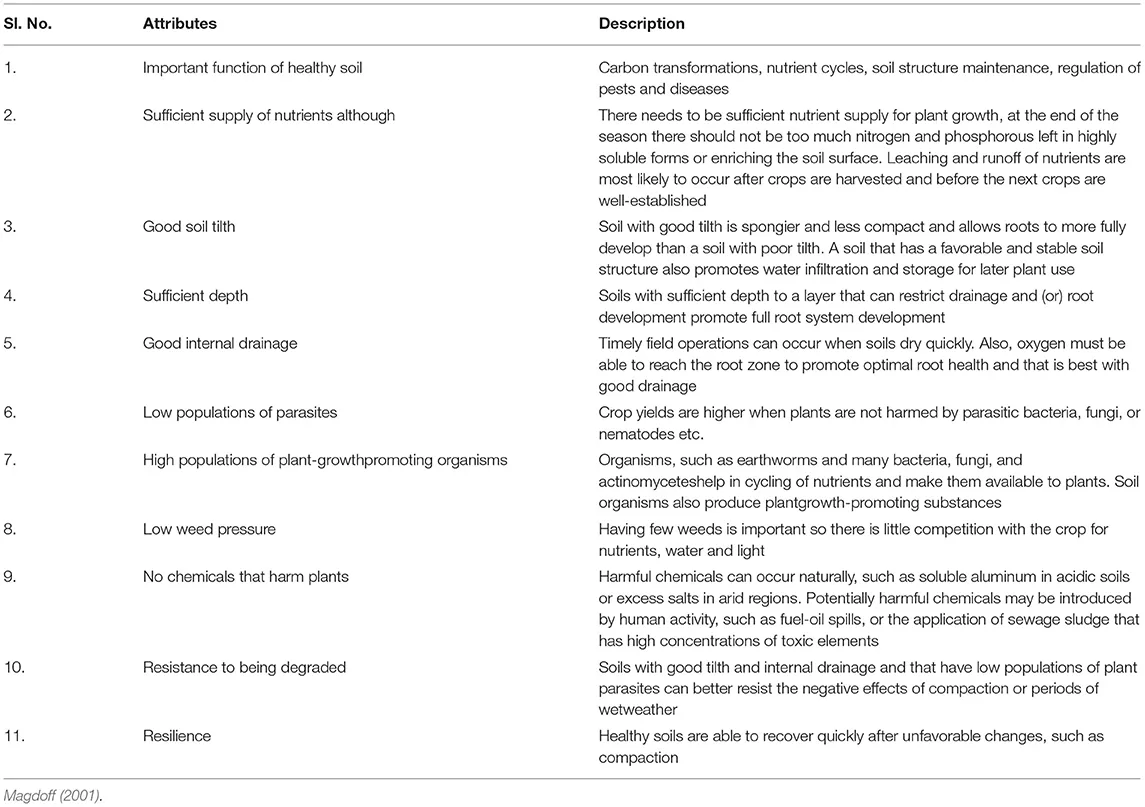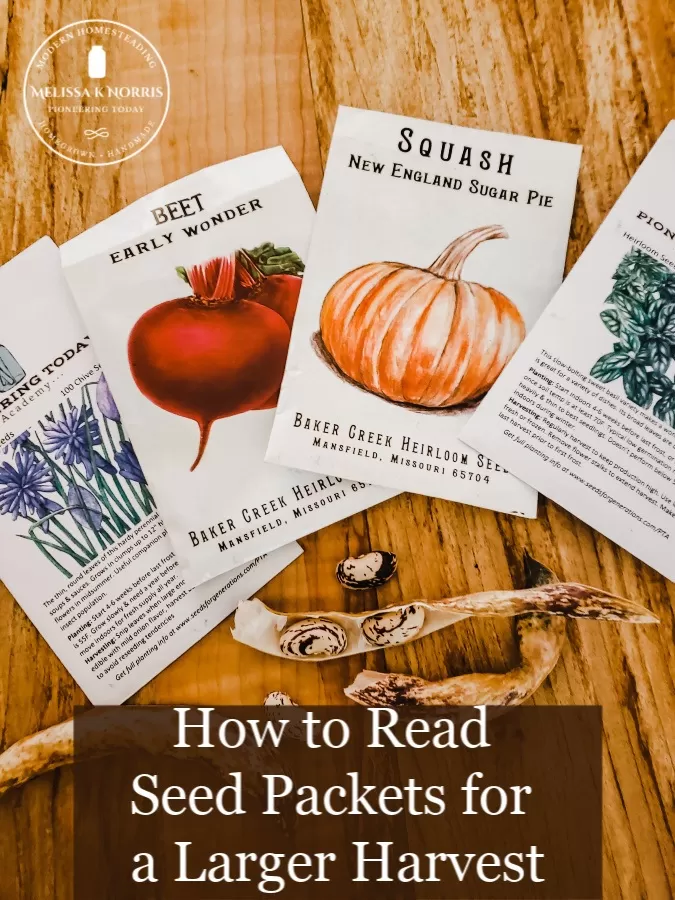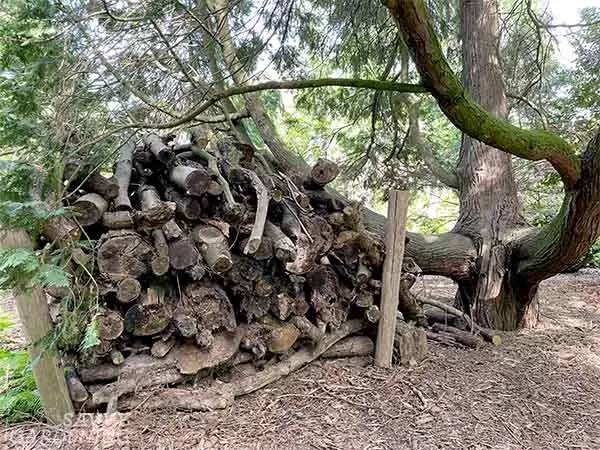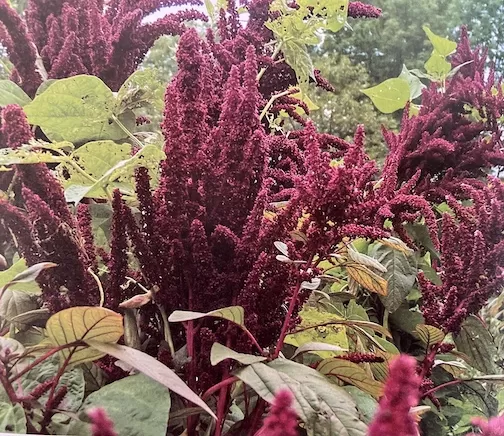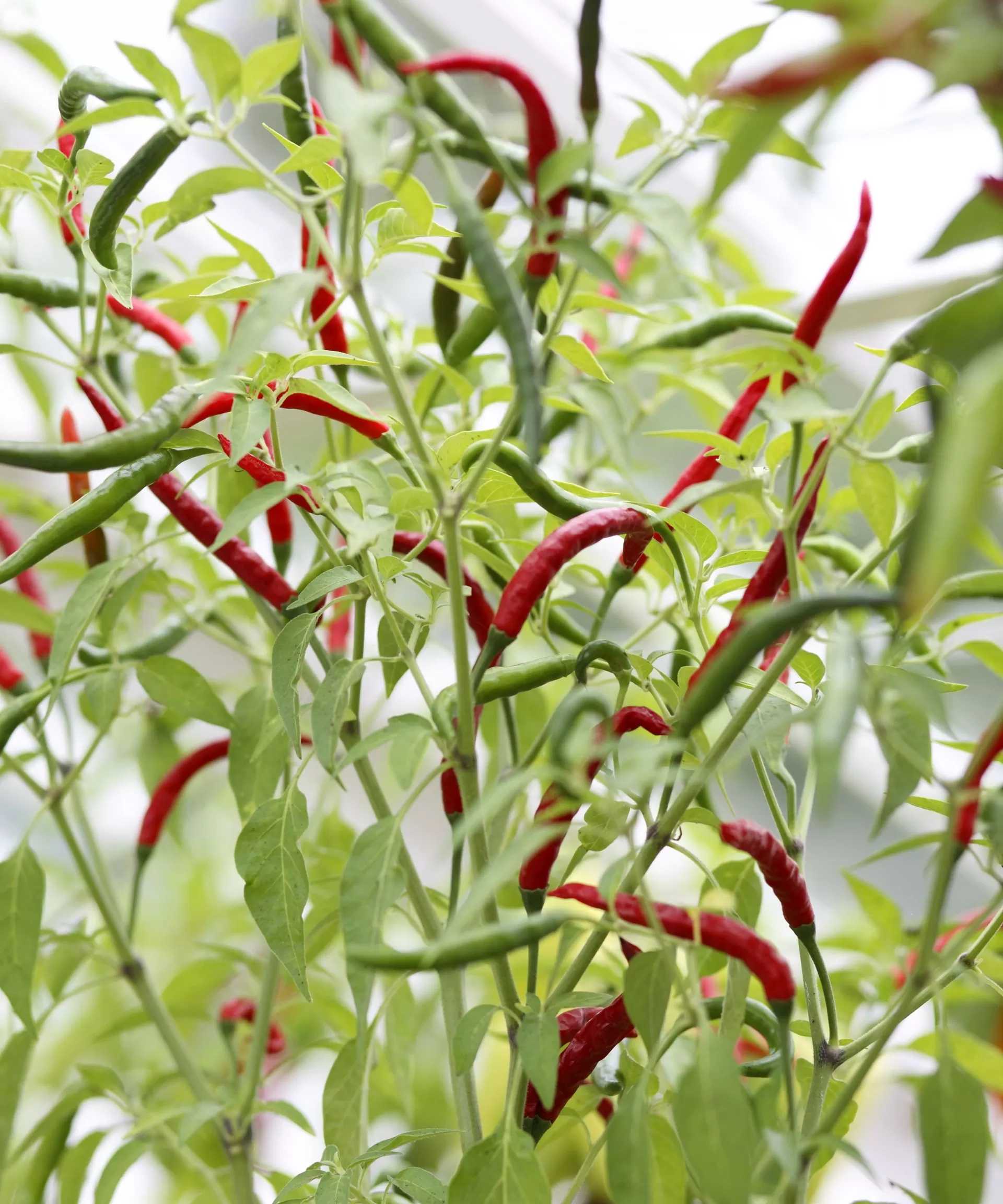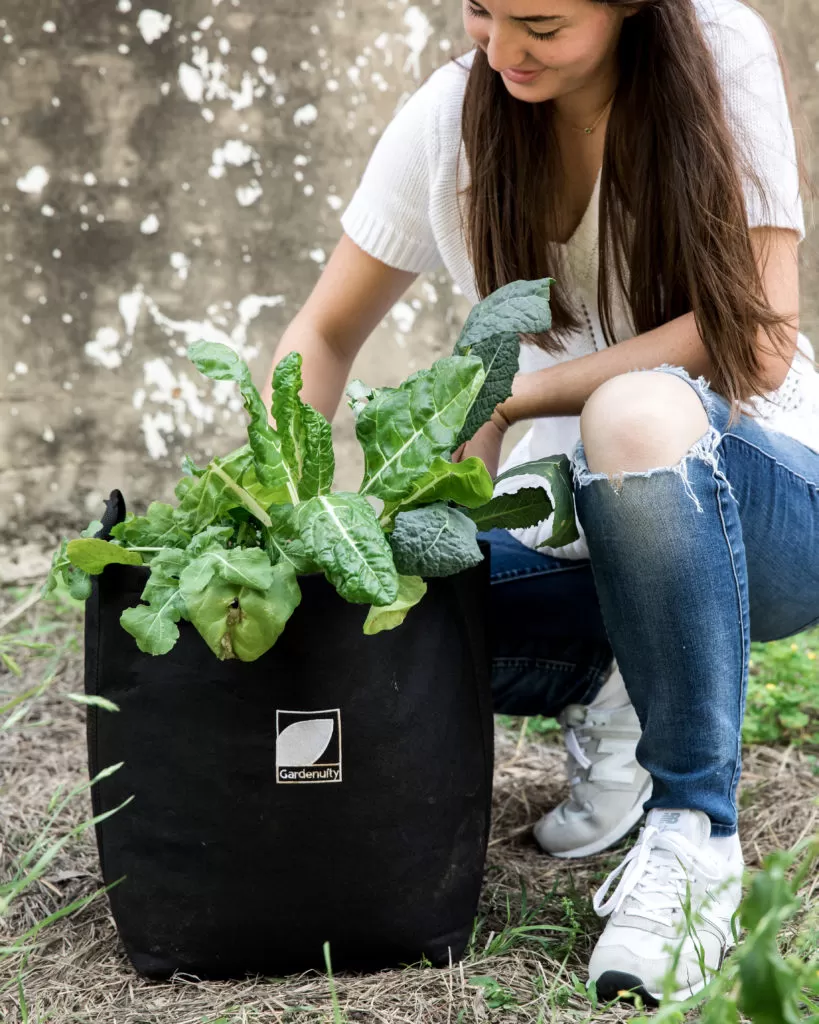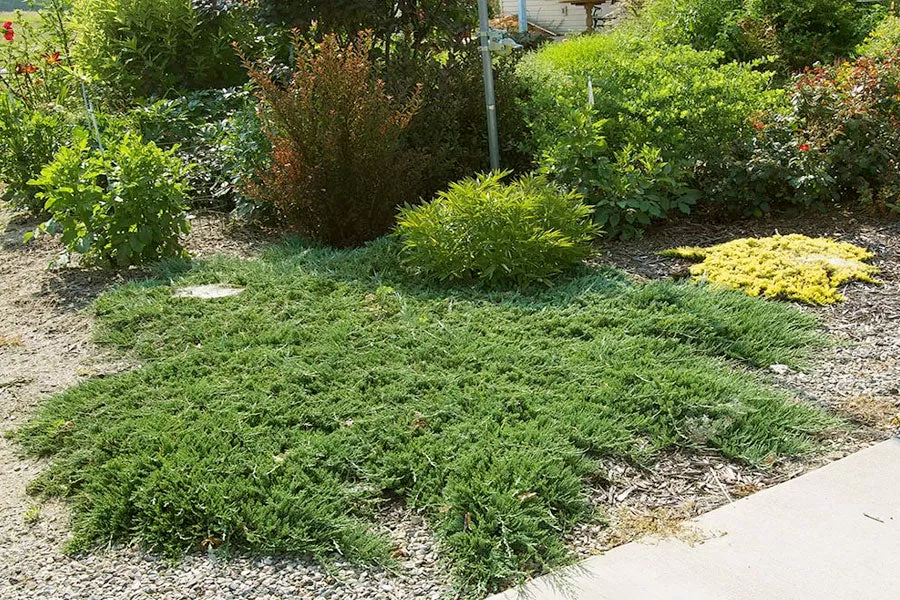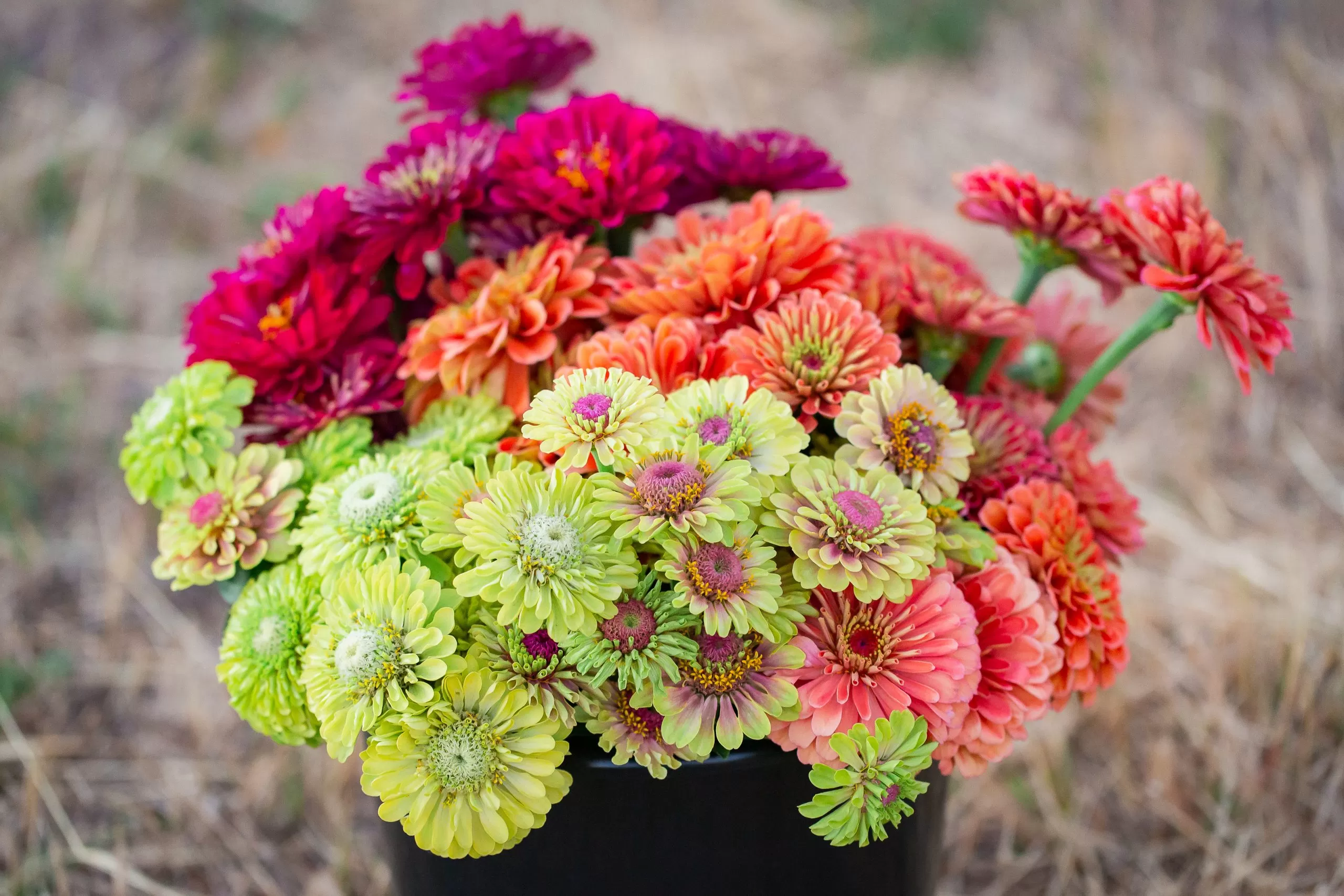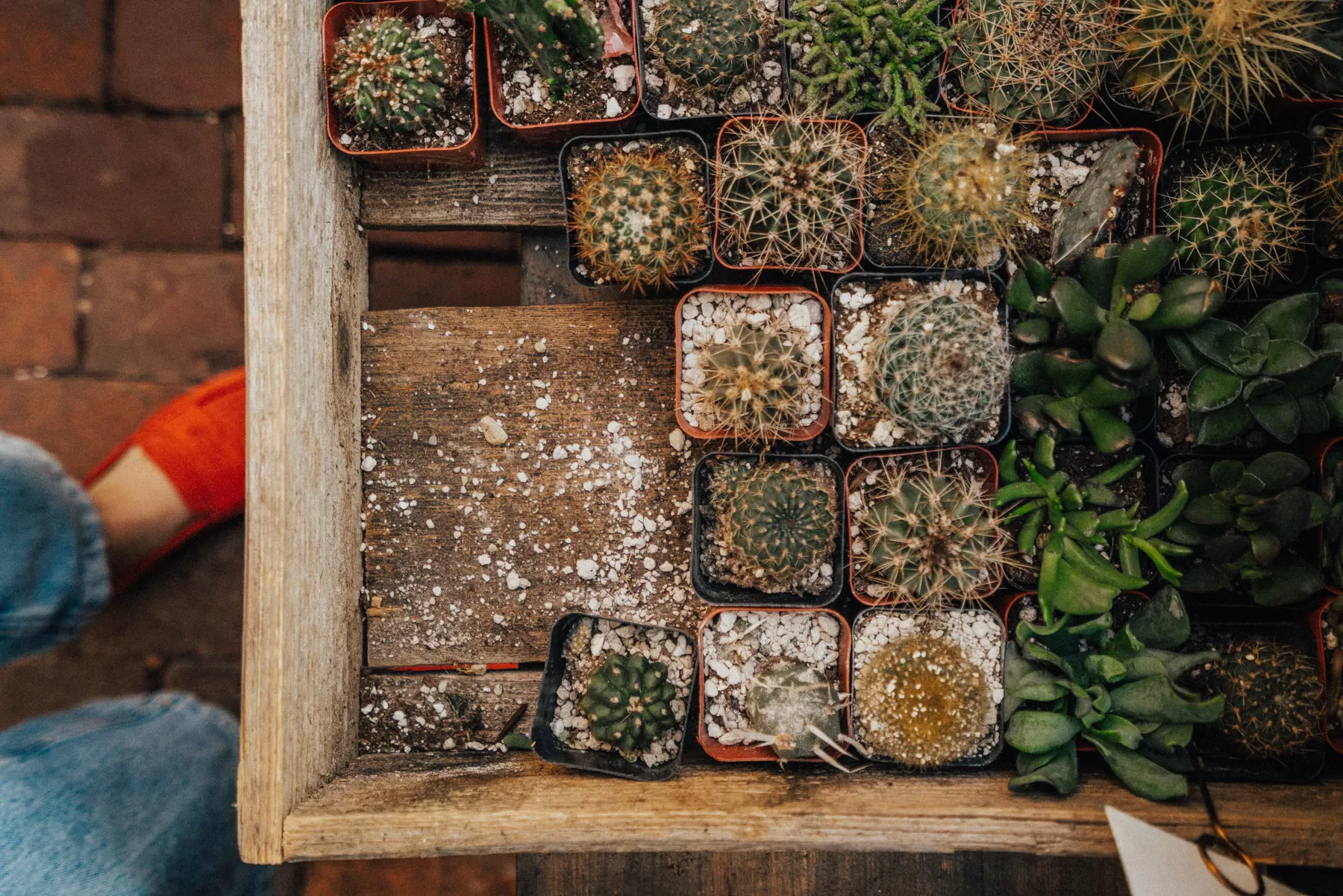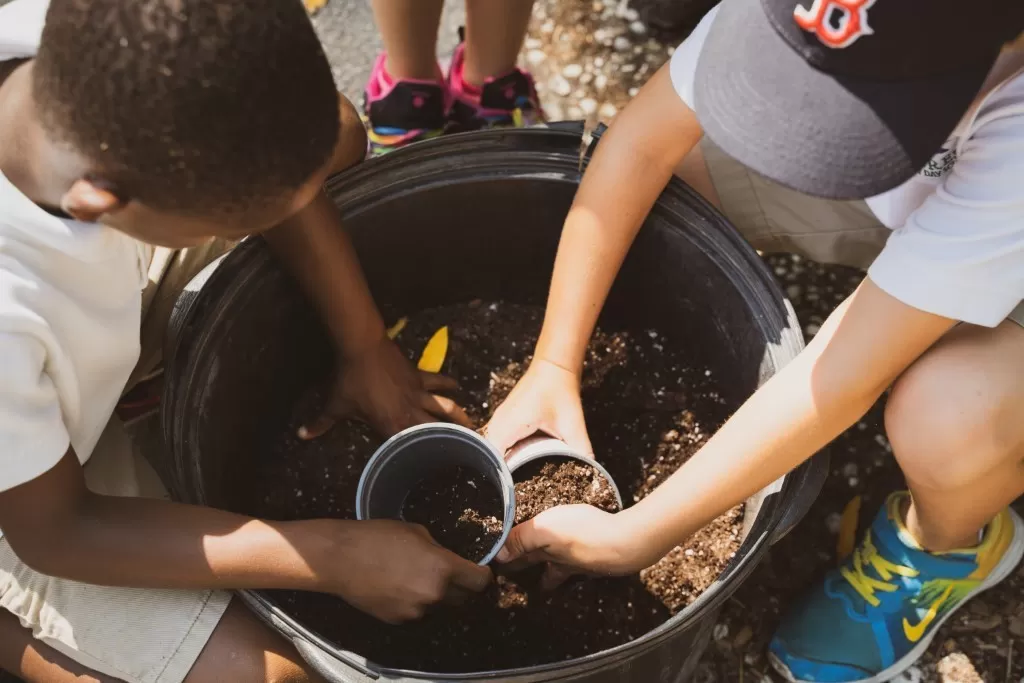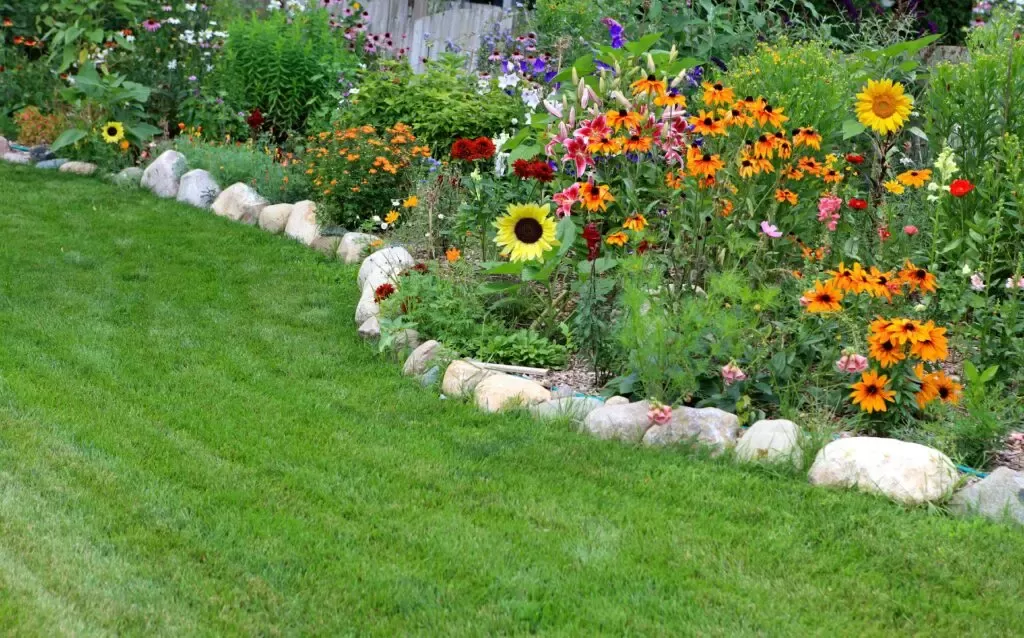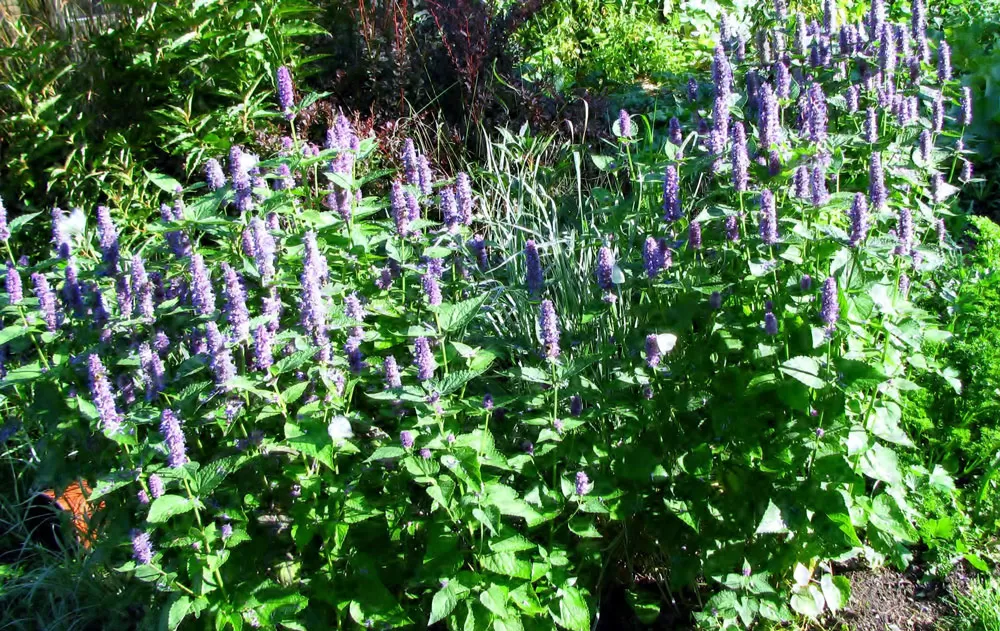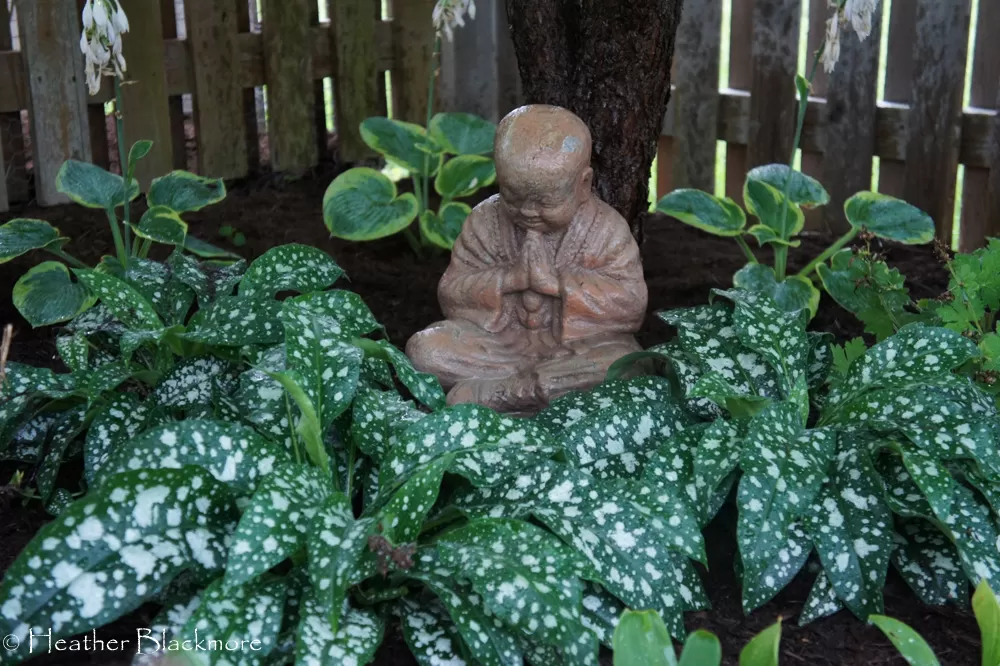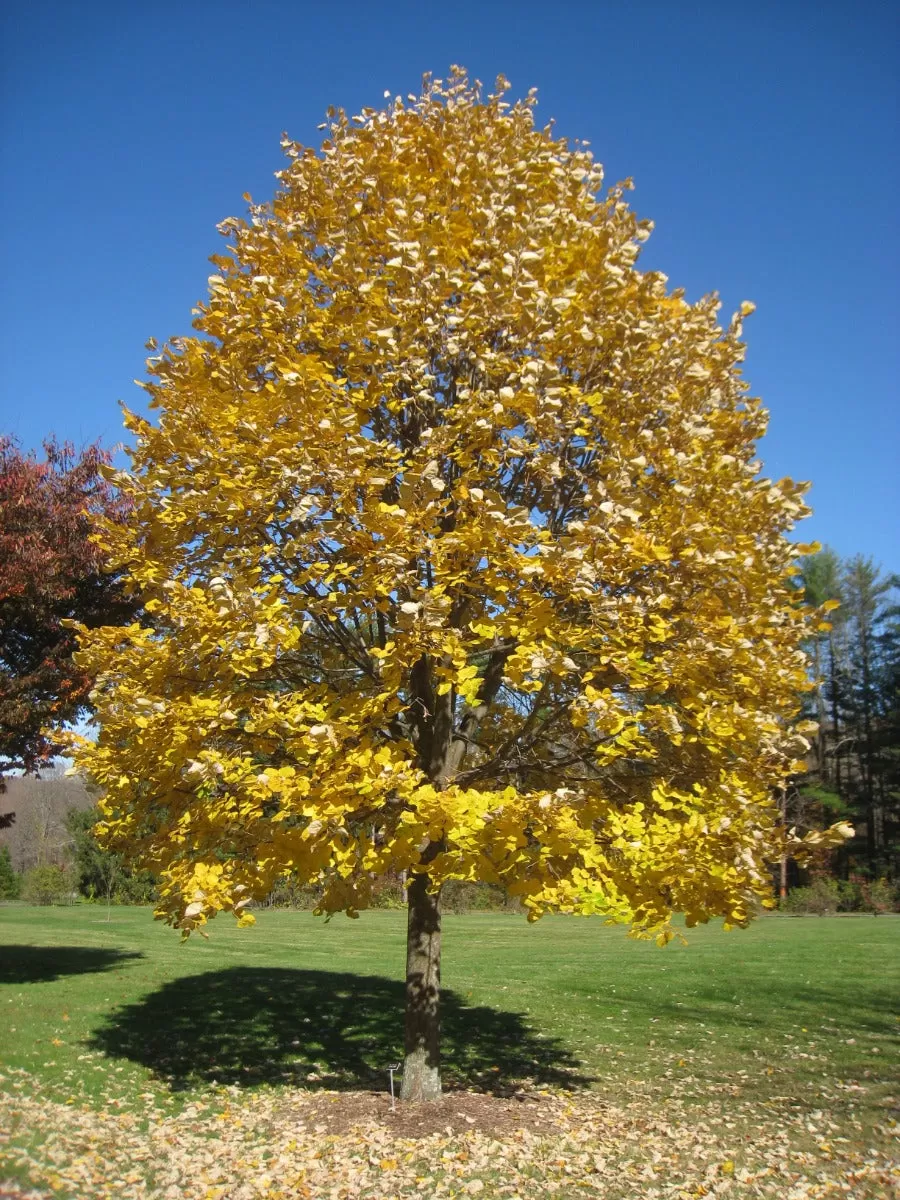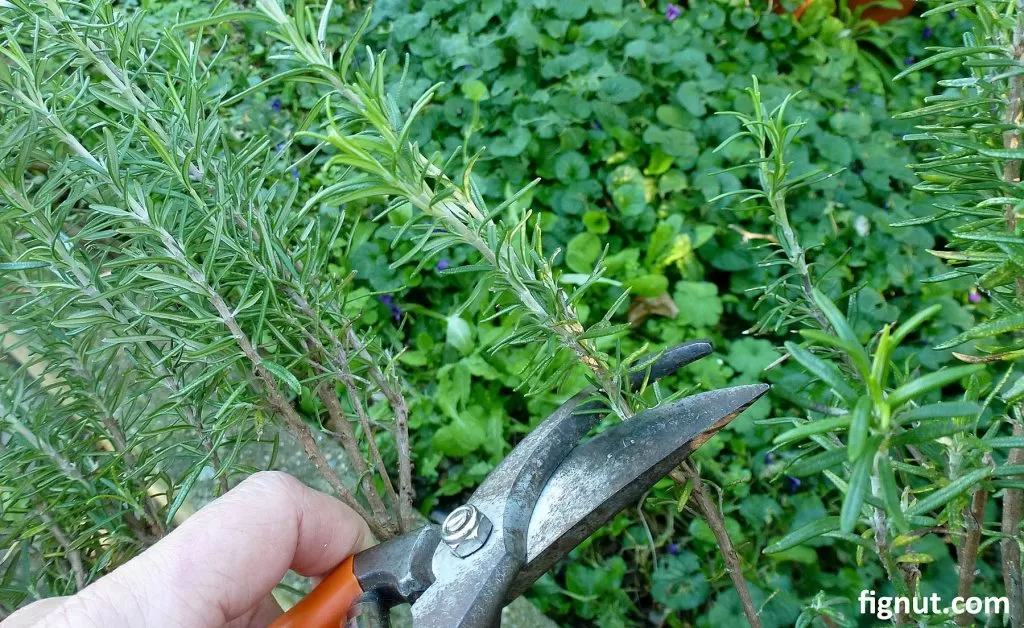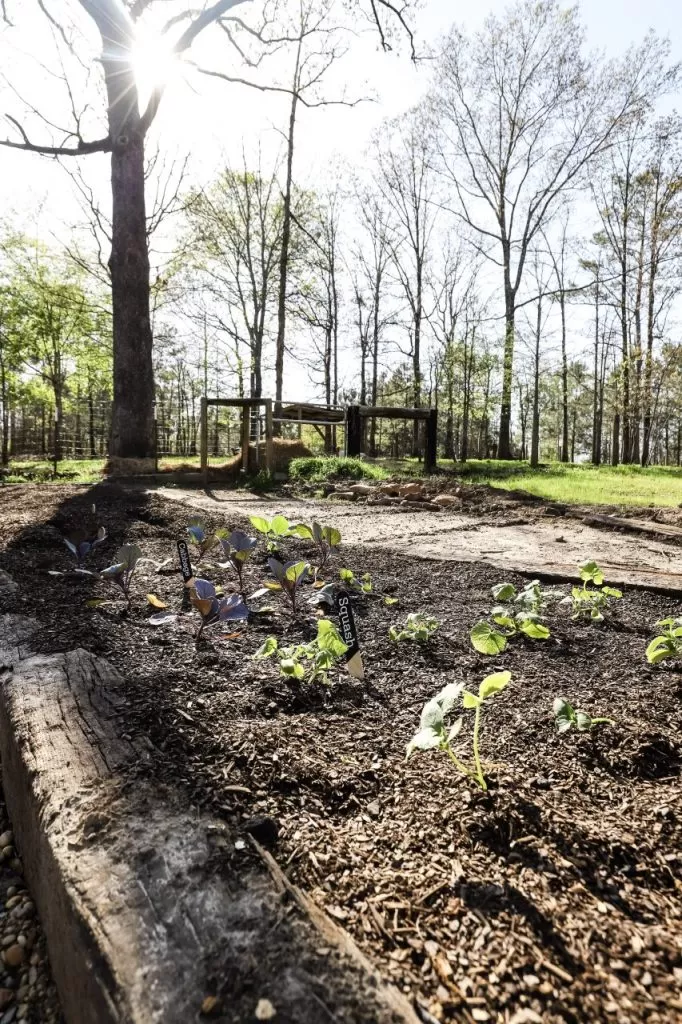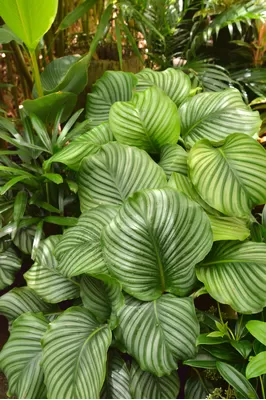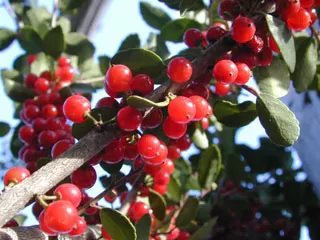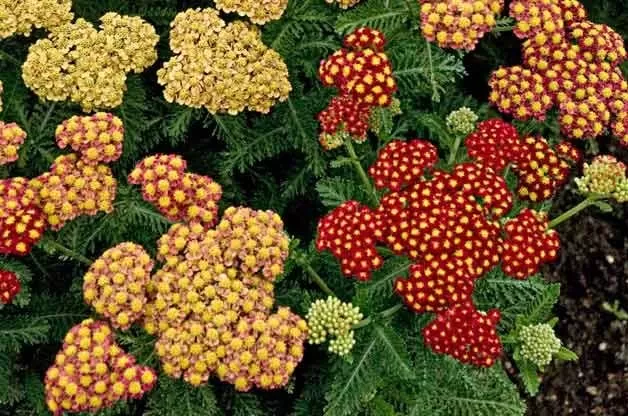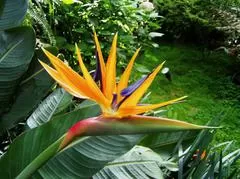- Azaleas are actually a subgroup within the larger Rhododendron genus.
- While closely related, they have distinct visual differences in size, leaves, and flower structure.
- General care needs are similar, focusing on acidic, well-draining soil and protection from harsh sun.
- Identifying specific cultivars can be tricky, but observing key traits helps distinguish them.
Have you ever stood in the garden center, gazing at a sea of breathtaking spring blooms, wondering if you’re looking at a rhododendron or an azalea? You’re not alone! These stunning shrubs, bursting with vibrant colors, often cause confusion among gardeners. They look so similar at first glance, sharing that beautiful, often pink or purple, springtime display. But while they are indeed close cousins, there are key differences that set them apart. Let’s dive into the fascinating world of Rhododendron and Azalea and unlock the secrets to telling them apart, so you can confidently choose and care for your next garden star.
Contents
Understanding the Family Tree
Here’s a little botanical secret: Azaleas are, in fact, members of the Rhododendron genus. Think of the Rhododendron genus as a large family, and azaleas as a specific branch of that family. This means every azalea is technically a rhododendron, but not every rhododendron is an azalea. This close relationship is why they share so many characteristics and why they can be so easily confused.
It’s important to remember that these distinctions are general guidelines. With centuries of breeding and countless hybrids and cultivars, you’ll occasionally find plants that seem to blur the lines, displaying traits from both sides. But for most common garden varieties, these pointers will help you become a plant identification pro.
Spotting the Differences: Rhododendron vs Azalea
While they belong to the same family, there are several tell-tale signs that can help you differentiate between a rhododendron and an azalea. Becoming a garden detective means observing the details!
Decoding Azaleas
Azaleas often present a more delicate profile in the garden.
- Size: Generally, azaleas are smaller shrubs compared to their rhododendron relatives. You might find low-growing groundcover varieties that stay just a foot or two tall, or upright types that reach modest bush sizes.
- Foliage: Look closely at the leaves. Azalea leaves tend to be smaller, more pointed, and narrower. Some varieties have a soft, fuzzy texture. A key difference for many species is that azaleas are often deciduous, meaning they shed their leaves in the fall, providing a seasonal change in the garden.
- Blooms: When it comes to flowers, azalea blooms tend to be more spread out along the stems. The individual flowers are typically funnel-shaped. Count the stamens (the little stalks with pollen in the center) – azaleas usually have five or fewer per flower.
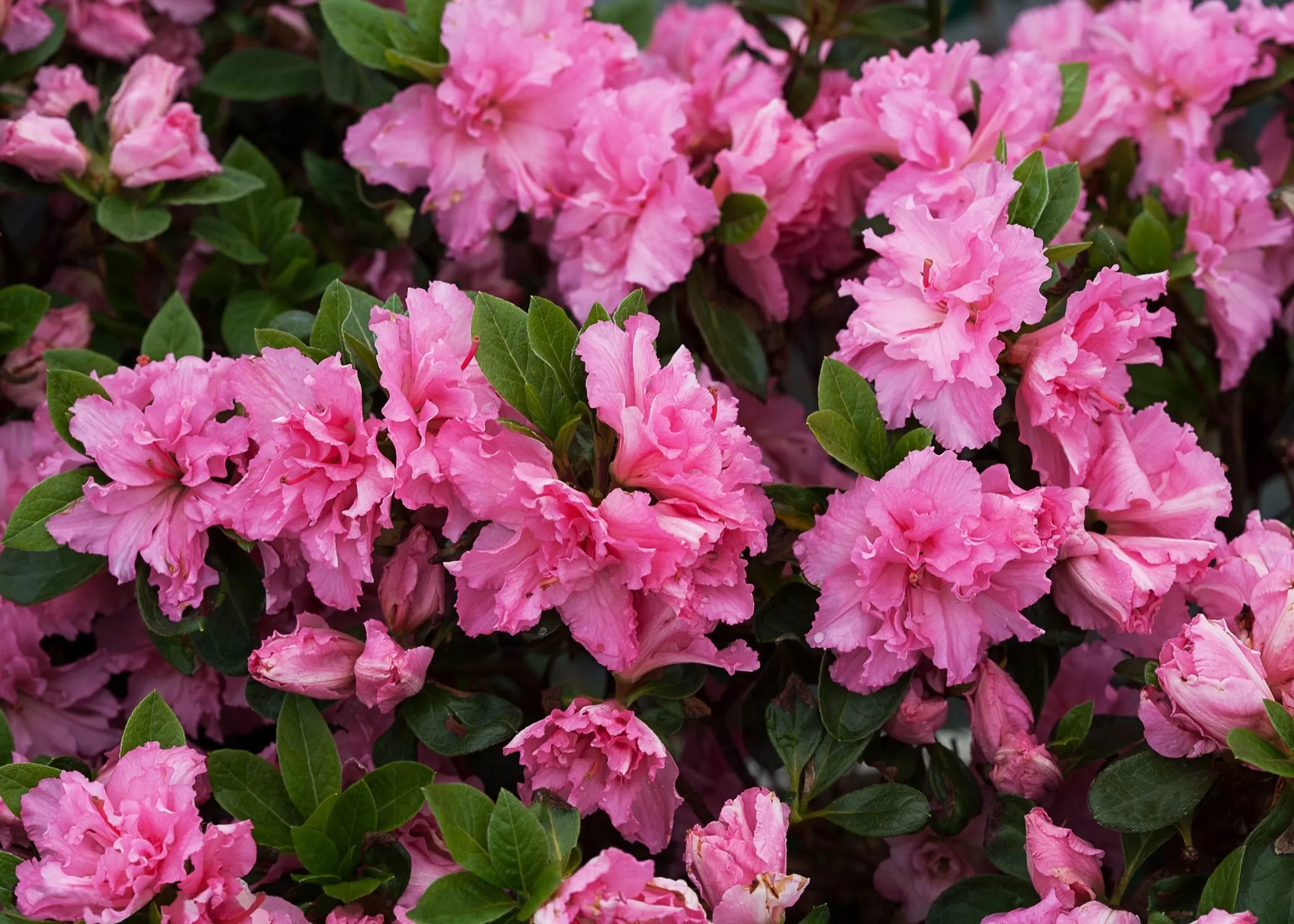 Bloom-A-Thon azalea features double pink flowers with frilly petals that decorate the entire shrub.Bloom-A-Thon azalea showing abundant pink double flowers on the shrub.
Bloom-A-Thon azalea features double pink flowers with frilly petals that decorate the entire shrub.Bloom-A-Thon azalea showing abundant pink double flowers on the shrub.
Some popular Azalea varieties include:
- Bollywood Azalea
- Bloom-A-Thon Azalea
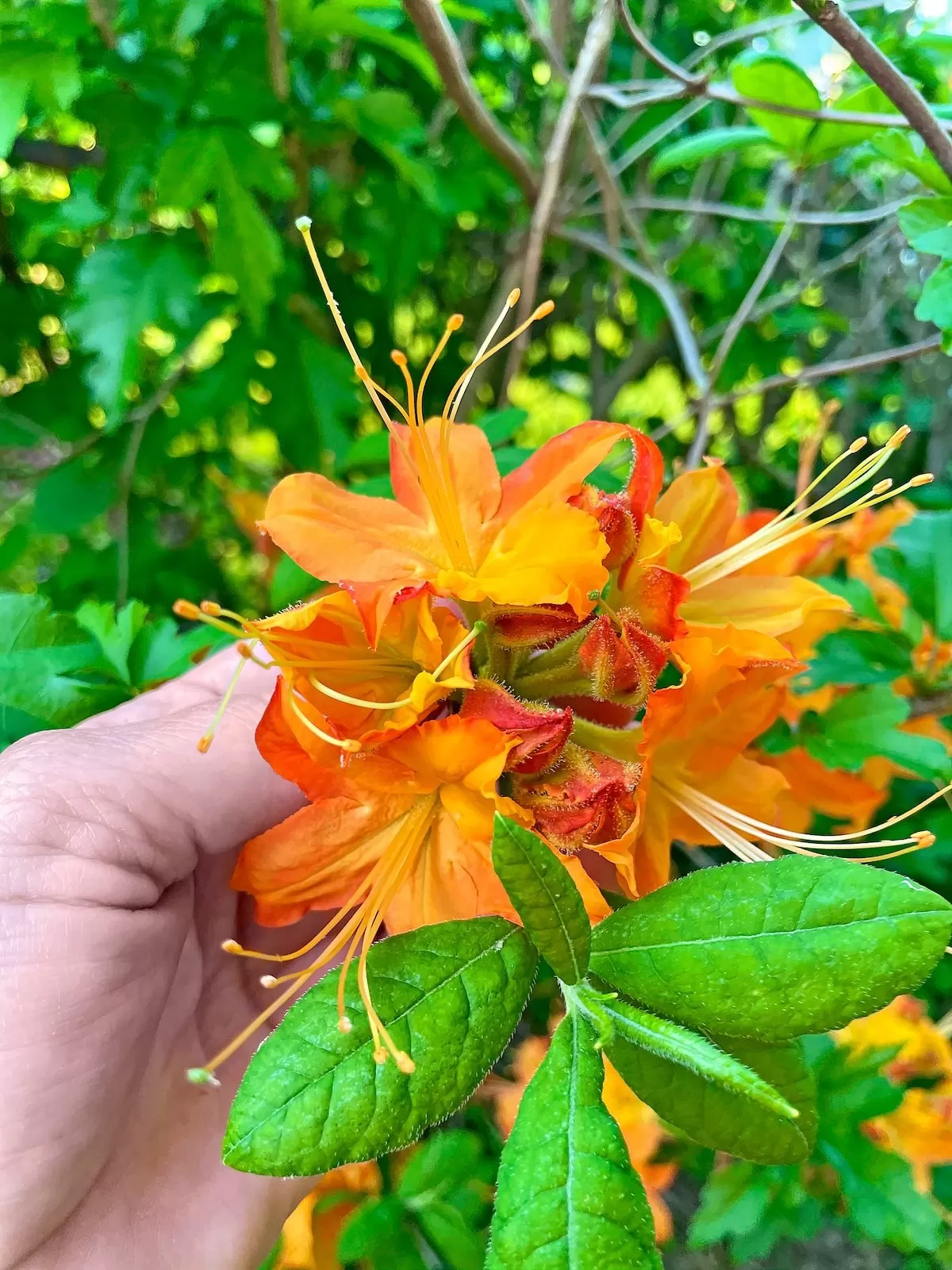 12 Bbam23 Juliewolfe1 orange azaleaVibrant orange azalea blossoms clustered together.
12 Bbam23 Juliewolfe1 orange azaleaVibrant orange azalea blossoms clustered together.
Decoding Rhododendrons
Rhododendrons often make a bolder statement in the landscape.
- Size: Rhododendrons are typically larger shrubs, and some species can even grow into small trees, reaching heights of 20 feet or more.
- Foliage: Their leaves are generally larger, wider, and have a thicker, more leathery texture. A defining characteristic of most rhododendrons is that they are evergreen, keeping their leaves throughout the year, providing structure and color even in winter. Check the underside of the leaves on some species; you might find small dots that look like scales.
- Blooms: Rhododendron flowers usually appear in large, dramatic clusters or trusses at the very end of the stems. The flower shapes can vary, but many are bell-shaped. To identify a rhododendron bloom, count the stamens – they typically have 10 or more per flower.
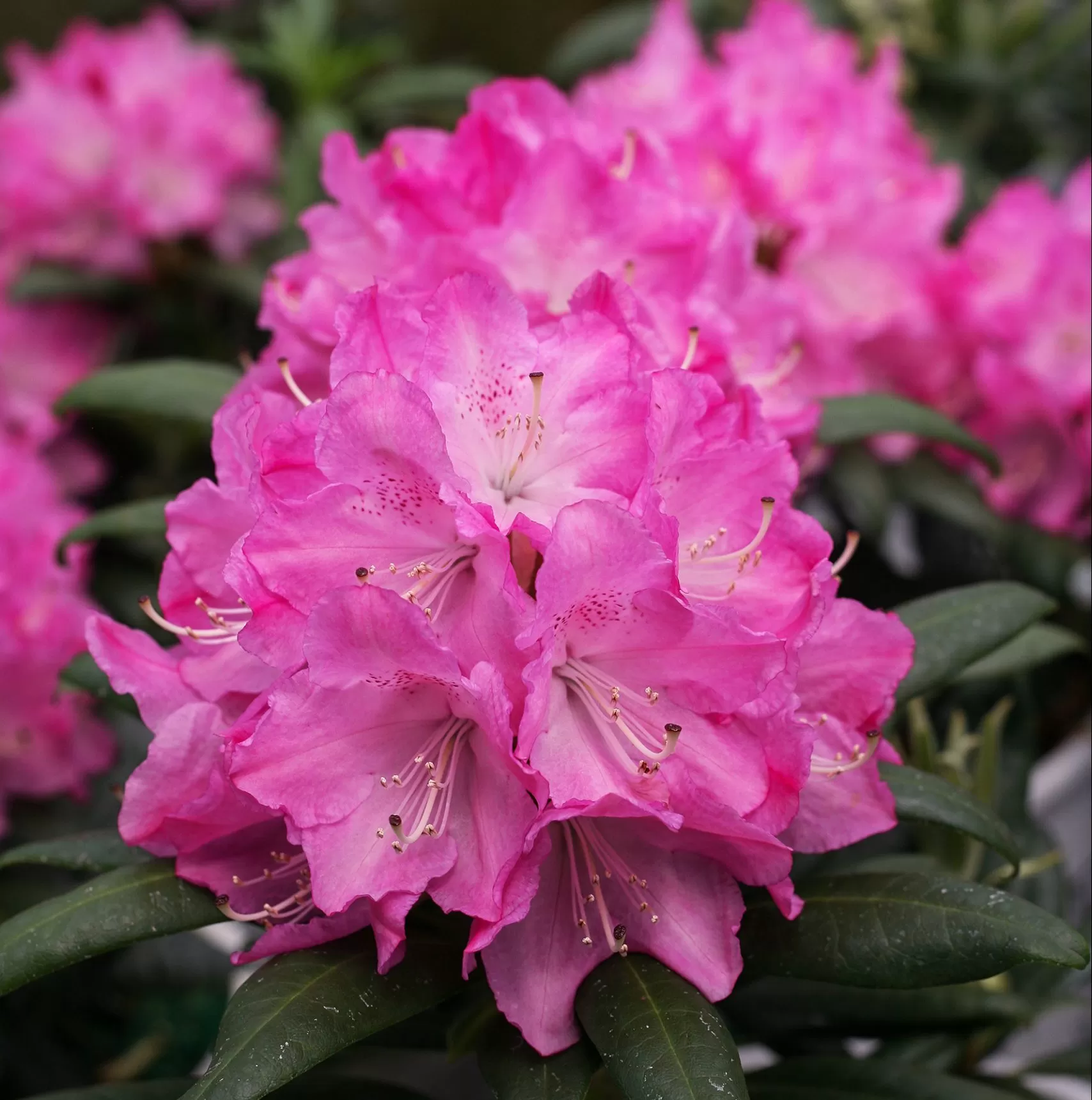 Dandy Man pink rhododendron blooms grow in clusters at the end of each plant.Clusters of striking pink flowers on a Dandy Man rhododendron shrub.
Dandy Man pink rhododendron blooms grow in clusters at the end of each plant.Clusters of striking pink flowers on a Dandy Man rhododendron shrub.
A well-known Rhododendron variety is:
- Dandy Man Pink Rhododendron
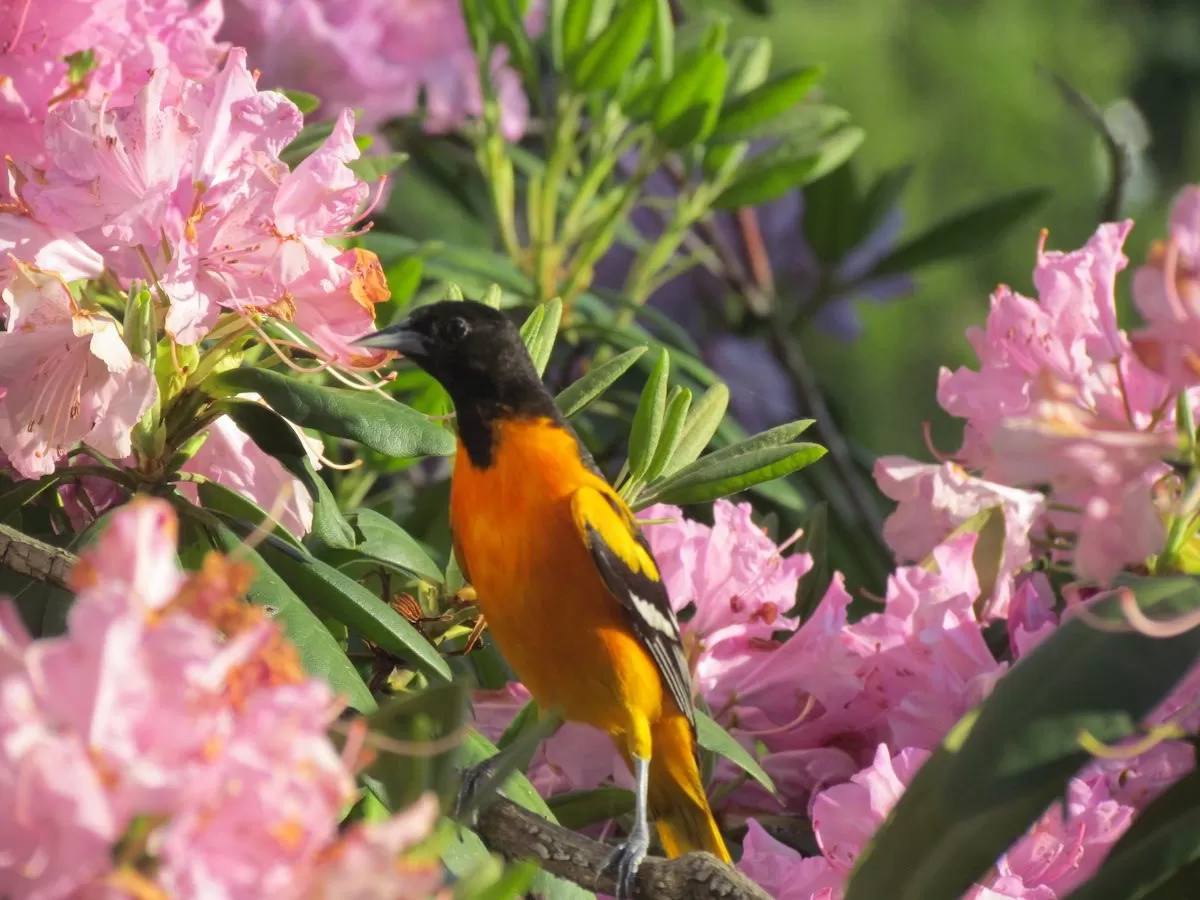 Baltimore orioleMale Baltimore Oriole perched on a blooming pink rhododendron bush.
Baltimore orioleMale Baltimore Oriole perched on a blooming pink rhododendron bush.
Caring for Your Blooming Beauties
Whether you have a rhododendron or an azalea, their close kinship means they share many similar care preferences. Providing the right conditions will ensure a spectacular bloom display year after year.
Both plants thrive in partial sun. While they love light to produce those amazing flowers, intense, direct afternoon sun can scorch their leaves, especially in warmer climates. A spot with morning sun and afternoon shade, or dappled light throughout the day, is often ideal.
Soil is crucial for both. They prefer acidic soil (typically a pH between 4.5 and 6.0) that is also rich, moist, and, most importantly, well-draining. Their roots are shallow and susceptible to rot in soggy conditions. If your soil is heavy clay, consider amending it with organic matter or planting in raised beds.
Applying a 2 to 3-inch layer of organic mulch around the base is highly beneficial. Materials like pine needles, shredded bark, or composted leaves help retain soil moisture, suppress weeds, and regulate soil temperature, protecting those shallow roots. Just be sure to keep the mulch pulled back a few inches from the trunk or stems to prevent rot.
Watering is key, especially during dry periods and when the plants are establishing. Aim for consistently moist soil, but never waterlogged. Feel the soil a few inches down – if it’s dry, it’s time to water.
Still Unsure? Getting Expert Help
Even with these guidelines, sometimes identifying a specific plant can be tricky, especially with the vast number of hybrids available. Don’t hesitate to seek a second opinion! Your local cooperative extension office is a fantastic resource, often with experts who can help identify plants and offer specific care advice for your region. Joining a local garden club is another great way to connect with experienced gardeners who can share their knowledge and help you identify your mystery shrub.
Conclusion
Identifying a rhododendron vs azalea doesn’t have to be a daunting task. By paying attention to their size, leaf characteristics (shape, texture, evergreen vs deciduous), and flower details (arrangement, shape, stamen count), you can confidently distinguish these beautiful shrubs. Understanding their shared preference for acidic, well-draining soil in a partially shaded location will help you provide the best care for dazzling blooms each spring. Now that you’re equipped with this knowledge, step into your garden with confidence and appreciate the unique charm of both the mighty rhododendron and the delicate azalea!
Do you have a favorite rhododendron or azalea variety? Share your experiences or ask your gardening questions in the comments below! We love hearing from our readers and building our gardening community. Don’t forget to explore more garden tips and inspiration on Thelittle.garden!

